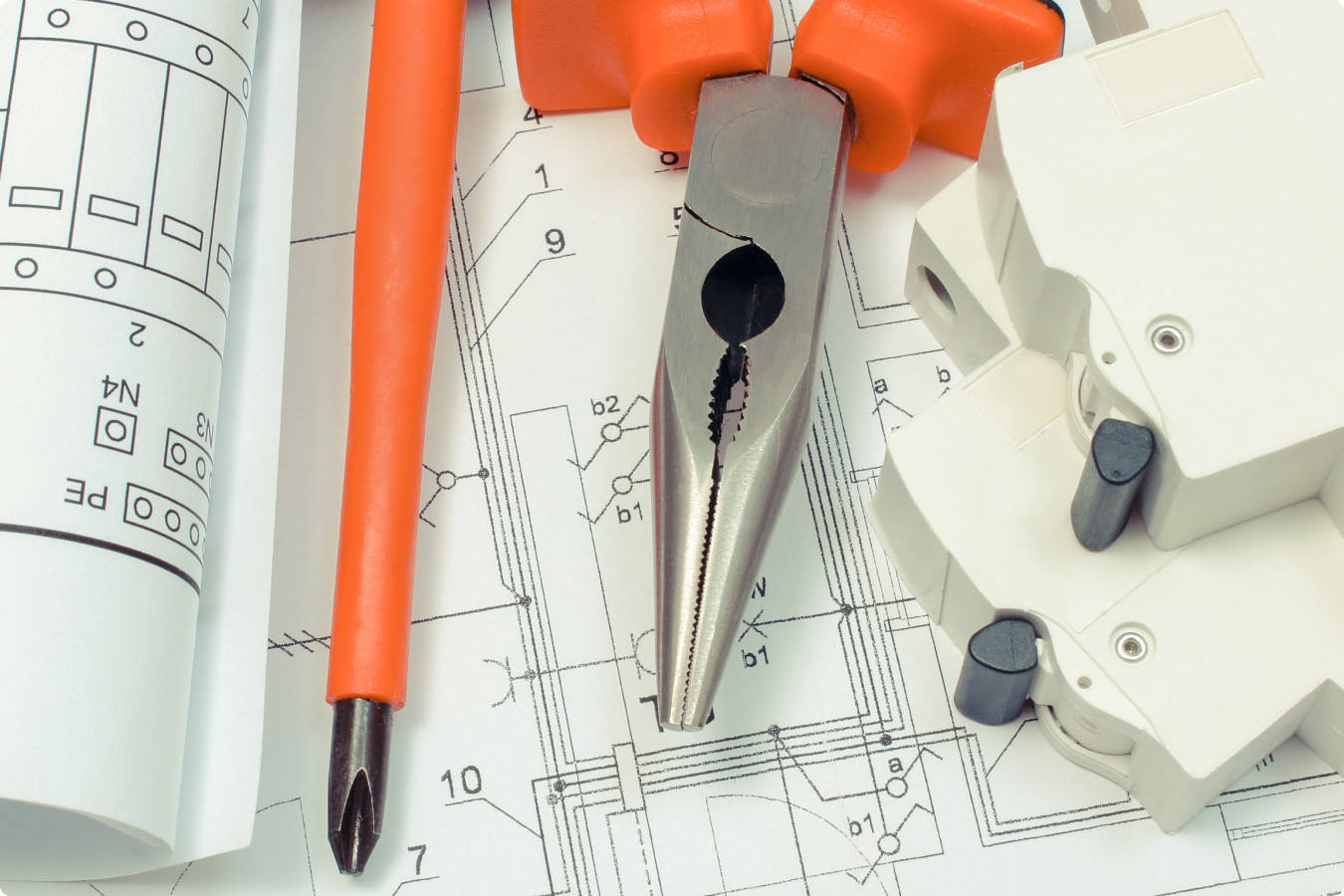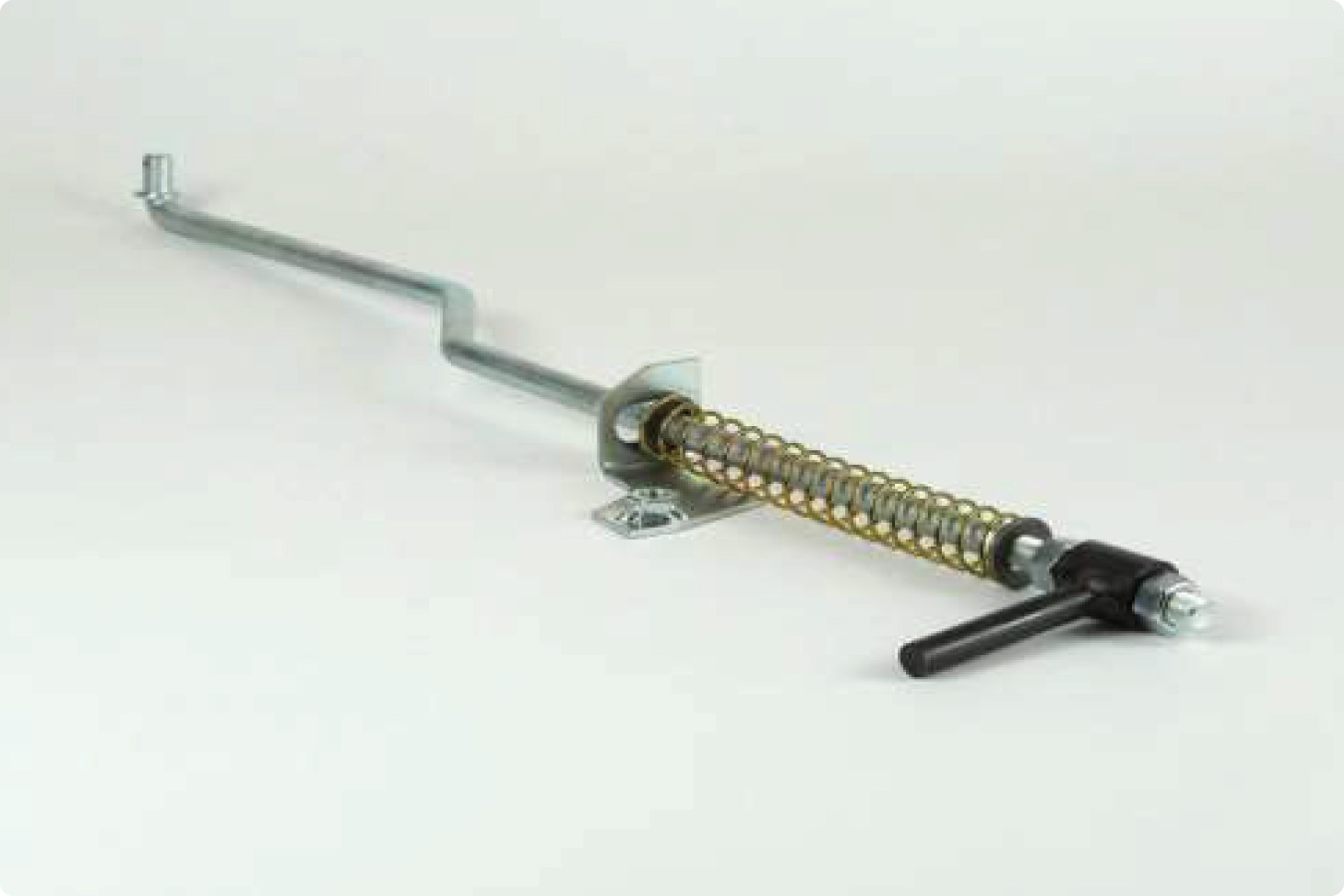TCO Subassembly
Case Study:
Streamlined Labor & Supplier Consolidation for a Global Ag Equipment OEM
Background
A Global Ag equipment OEM faced a significant challenge in labor availability, particularly during a time when finding skilled workers was difficult. The company sought to optimize its assembly processes to reduce labor requirements while improving efficiency and cost effectiveness. Through a collaborative approach, we identified an opportunity to simplify their production by integrating multiple parts into a single subassembly.
Challenge
The OEM faced several challenges with their Tractor assembly:
1. Labor-Intensive Assembly: Four separate components were assembled manually by multiple operators.
2. Multiple Handling Steps: Operators applied laser plates, washers, springs, and nuts, packaged them, and moved them to another assembly location before final installation.
3. Supplier Management Complexity: The OEM was sourcing parts from multiple suppliers, increasing the administrative burden on purchasing and logistics teams.
4. Production Bottlenecks: Handling and subassembly delays contributed to inefficiencies in the production line.


THE WORK
Solution
Our team proposed a turnkey subassembly solution, effectively eliminating redundant steps and supplier dependencies:
1. Supplier Consolidation: We integrated all the components into a single part number, reducing supplier complexity from five different parts to one single part number.
2. Labor Savings: We assumed responsibility for pre-assembling the entire unit, eliminating the need for a global ag equipment OEM’s operators to manually assemble washers, nuts, and springs.
3. Streamlined Logistics: By delivering a ready-to-install subassembly, we reduced handling and movement between stations, enabling a direct truck-to-assembly-line process.
4. Improved Cost Efficiency: With fewer suppliers, lower labor requirements, and reduced internal handling, the total cost of ownership of the part decreased.
Implementation Process
1. Opportunity Identification
- Observed inefficiencies in the OEM’s assembly process.
- Proposed integrating four separately manufactured parts into a single subassembly.
3. Prototyping & Validation
- Conducted initial trial assemblies to ensure fit, function, and durability.
- Coordinated with the OEM’s ISIR (Initial Sample Inspection Report) process to confirm specifications and tolerances.
2. Engineering & Supplier Coordination
- Worked with OEM’s engineering team to integrate existing prints and specifications.
- Sourced additional components (washers, nuts, and springs) from pre-approved suppliers.
4. Full-Scale Production & Logistics Optimization
- Implemented a single part number solution.
- Established streamlined packaging and shipping per OEM’s specifications.
- Eliminated the need for separate subassembly processes at OEM’s facility.
THE BOTTOM LINE
Results & Impact
1. Labor Reduction: Eliminated two full-time operators from the assembly process, allowing redeployment of workforce to higher-value tasks.
2. Supplier Consolidation: Reduced from five separate part numbers to one, simplifying procurement and logistics.
3. Assembly Line Efficiency: Transitioned from a complex multi-step subassembly process and line refit to a true plug-and-play component, reducing handling time and improving throughput.
4. Faster Production Ramp-Up: The streamlined process allowed for an almost immediate implementation once specifications were finalized.
5. Lower Total Cost of Ownership: Reduced administrative, handling, and labor costs, delivering measurable cost savings.

Conclusion
This project was a prime example of how our expertise in wire forming, component integration, kitting and turnkey subassembly solutions can transform manufacturing efficiency. By taking on the responsibility of subassembly and supplier coordination, we provided our customer with a plug-and-play solution that saved time, reduced labor costs, and improved overall production efficiency.
Let's Make Something Together!
GET A QUOTEPROUDLY SERVING






